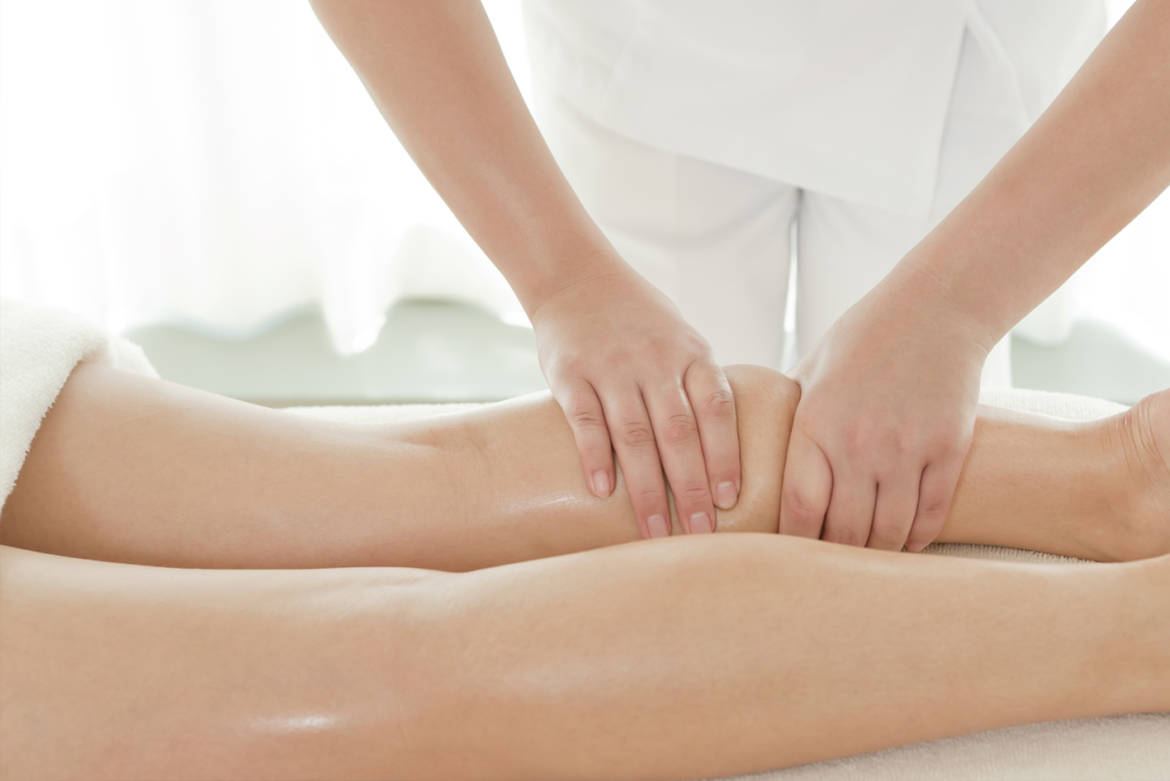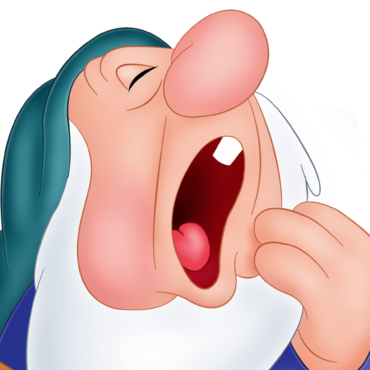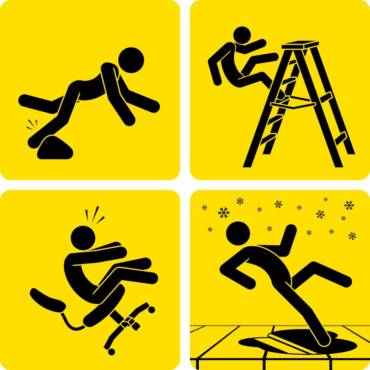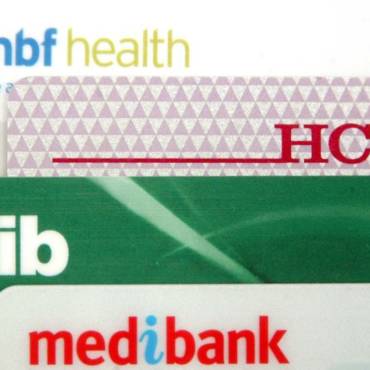Massage for Injury and Rehabilitation
Swelling? Tick
Feels warm/hot? Tick
Happened in last 72hours? Tick
Skin isn’t flapping off or don’t see bone poking at an odd angle? Tick
If the above occurs regarding mild to moderate SPRAIN or STRAIN injuries, R.I.C.E. the area, (which only a generous 5% of the population does):
R – Rest as much as you can
I – Ice to reduce further swelling, heat and feelings of pain
C – Compress if possible with bandaging
E – Elevate the area to bring extra fluid or blood circulating back to the heart
You can get a massage if you want, however when it’s a fresh injury then usually a couple of treatments are recommended. First treatment is often light to medium in pressure to work on reducing swelling and surrounding muscles gone into spasm and to improve muscular function as early as possible. The follow up massage should be within a week of the first visit to see how the injury has started healing, which muscles have tightened up to guard the area and to see the true extent of the injury. The massage therapist will be able to tell on the second visit, if not the first, if you need to be referred onto another practitioner with more expertise with the situation. If you’re pretty much at 100% again, you can tap dance out of that clinic.
If the injury is moderate to severe or you’re in the rehabilitation phase of physical trauma, I’d recommend getting the “ok” for a massage, from whoever you’ve been seeing in the initial phase of the injury. Either some notes should be written down on specific muscles or muscle groups to be massaged from said practitioner, or the massage therapist is going to rely on your brain to relay what happened, what position your body was in at time of impact, by whom were you treated and what is the picture looking like now with your recovery. From my experience, usually the earlier you are able to get hands on work started, the faster the healing time and you’re less likely to develop scar tissue which impedes functionality and range of motion to joints.
ALWAYS have the massage therapist work within your pain threshold when an injury is present as it can inflame the area again. Feeling sore to touch the area the next day after a massage is common and ok. If it is swelling up, you’re experiencing constant pain or finding it harder to move than before, go back to RICE and touch base with your original practitioner. How often should you get a massage when it’s the rehabilitation phase? Ideally regularly once or twice a week is best and sooner the better, otherwise make do with what time your schedule permits. Lastly, as you get better, plan out the visits until it’s more about maintenance than recovery.
“Massages for Camberwell, Caulfield North and Malvern”




